Last Updated on 13 September 2024 by Cycloscope
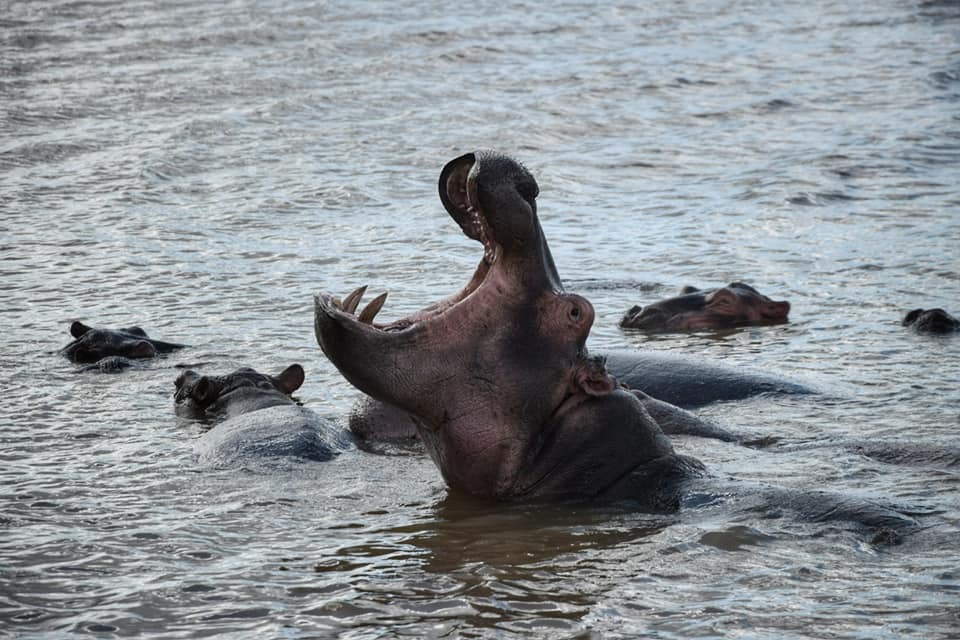
How to see the hippos in Saint Lucia, KZN, South Africa Chronicle of a boat tour through the iSimangaliso Wetland Park – Accommodation and things to do
St. Lucia is a small resort town on the north coast of KwaZulu Natal (South Africa), the nearby wetland in the iSimangaliso park is famous for being the hideaway of a big hippo and crocodile population. We took a boat trip through the wetland estuary, a sort of safari cruise that we enjoyed quite a lot and a nice day off during our bicycle tour across South Africa.
The area of Lake St. Lucia has always been of great importance in the history of KwaZulu Natal (KZN), being the theater of several momentous events, a hunting ground for both the Zulus and the pioneer British ivory traders which ventured then as far north as Laurenco Marquez (now Maputo) to sell Elephant tusks and hippo fangs, thus giving birth to the frontier colony of Natal.
Despite the havoc wreaked by both black and white hunters and prolonged mismanagement of the nature reserve, St. Lucia Lake and the iSimangaliso Wetland Park are still home to about 800 hippos, 1200 crocs, and a decently sized population of zebras, giraffes, cape buffaloes, and various antelopes species, besides an enormous variety of birds and plant species.
During our 3-days stay in St. Lucia we also joined a safari in the Hluhluwe-iMfolozi National Park, you can read about that in the linked article, definitely one of the best things to do around St. Lucia (KZN).
St. Lucia Lake and iSimangaliso Wetland Park
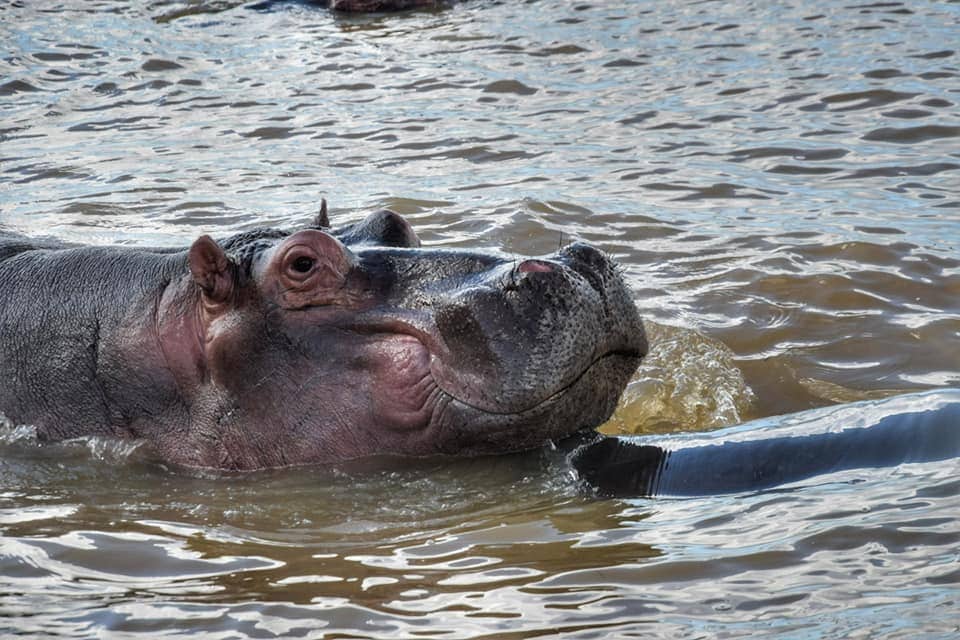
The protected area of iSimangaliso is the third largest protected area in South Africa, extending for 280 kilometers of coastline, up to the Mozambique border, with a total area of 3,280 square kilometers, bigger than the country of Luxemburg.
The area encompasses coral reefs, long sandy beaches, coastal dunes, interconnected lake systems, swamps, and extensive reed and papyrus wetlands, it’s a very complex ecosystem home to a wide range of species from Africa’s marine, wetland and savannah environments.
A Short History of Saint Lucia
Until 1895, the bay of St. Lucia had been the home of the Tsonga people, a Bantu population who lived here for more than a millennium. When the British took hold of the area after the Anglo-Zulu War in 1879 the Tsonga were driven out. In 1895, in fact, the area was transformed into a natural reserve, and the tourist town of Santa Lucia was founded.
Due to colonization and post-war agreements, the southern part of the park was handed over to the Zulu nation, while the northern part was given to the Tsonga people. Before the colonization, the Tsonga controlled the entire bay of St Lucia, although experiencing frequent raids from the Zulu.
The kingdom of Tembe, one of the most powerful kingdoms of southern Africa before colonization, was a ruling tribe for over four centuries. Nowadays, Chief Israel Tembe is the guardian of the ancient land of Tsonga which was taken away during the colonization process. The Tembe Elephant Park, run by this chief, is a living museum that bears witness to the rich history of the Tsonga people, the wetlands, and nearby areas. Despite the colonization and the annexation of the land, the Tsonga still live in the northern part of the park, in the bay of Kosi.
Our guide tells us during the boat trip in the St. Lucia estuary that, during the early 20th century, much of the park was converted into arable land but due to the conditions of the land and brackish water nothing grew and these attempts only led to the destruction of the natural environment of hundreds of animal and plant species.
The first UNESCO site in South Africa
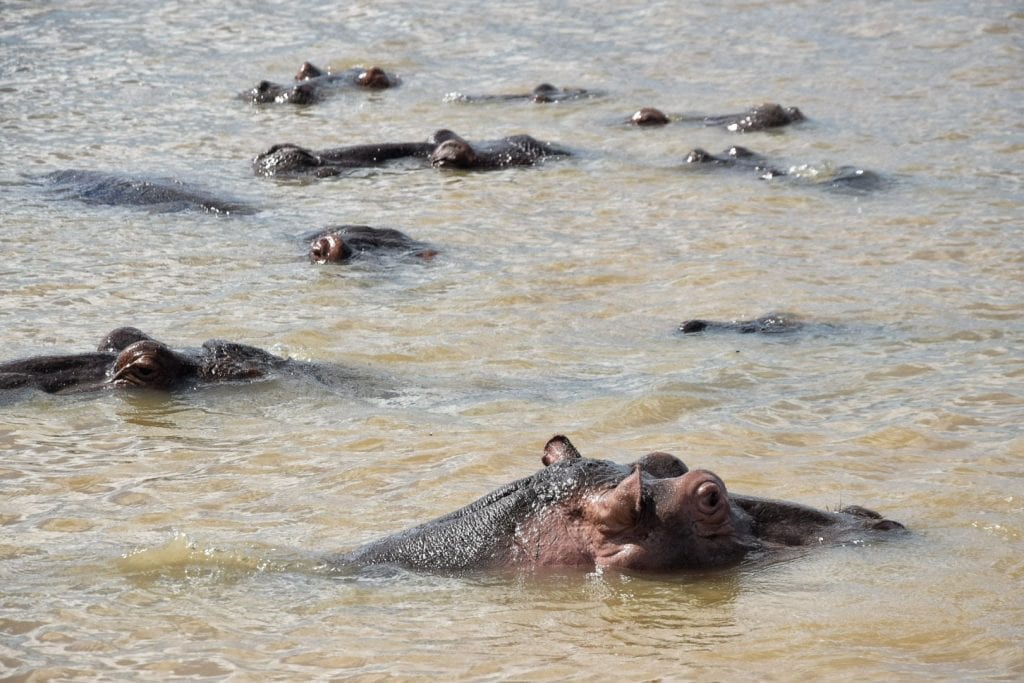
The park of Saint Lucia Lake and iSimangaliso has been declared a World Heritage Site by UNESCO due to its rich biodiversity, and great variety of different ecosystems, ranging from coral reefs and sandy beaches to subtropical forests, dunes, savannahs to humid areas.
The animals in the park include, in addition to hippos and crocodiles, elephants, African leopards, black and southern white rhinos, buffalos, and in the ocean, whales, dolphins, and sea turtles.
Activities and things to do in Saint Lucia, KZN, South Africa
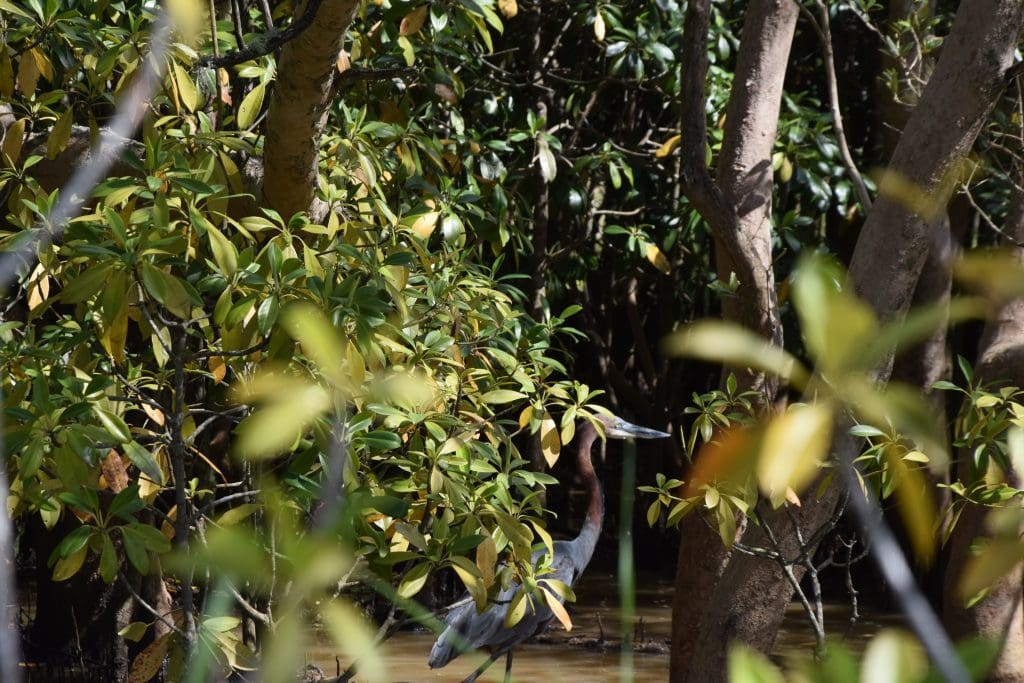
The immensity of this park offers numerous and varied activities, and to enjoy them all you should stay for at least a week. Our visa was due and we could only make a couple, we’ll talk about it below. Meanwhile, this is the list of the main and most interesting activities that can be carried out within the Park of Santa Lucia:
- Bird Watching
- Estuary Boat Cruise
- Deep Sea Fishing
- Big 5 Safari
- Guided Hiking
- Horse riding
- Kayaking
- Cultural Village Tours
- Diving and snorkeling
- See the turtles laying their eggs on the beach (November)
- Whale watching (June to the end of November)
These last two activities, of course, cannot be done all year round. It is possible to observe turtles around the beginning of November, this is the only place in Africa where the Loggerhead and Leatherback turtles come to lay eggs.
The same applies to whales, which pass the coast of Santa Lucia during their winter migration to warmer places, especially Mozambique and Madagascar. Winter in South Africa runs from May to October.
Estuary Boat Cruise: The Hippo Hideaway of St. Lucia
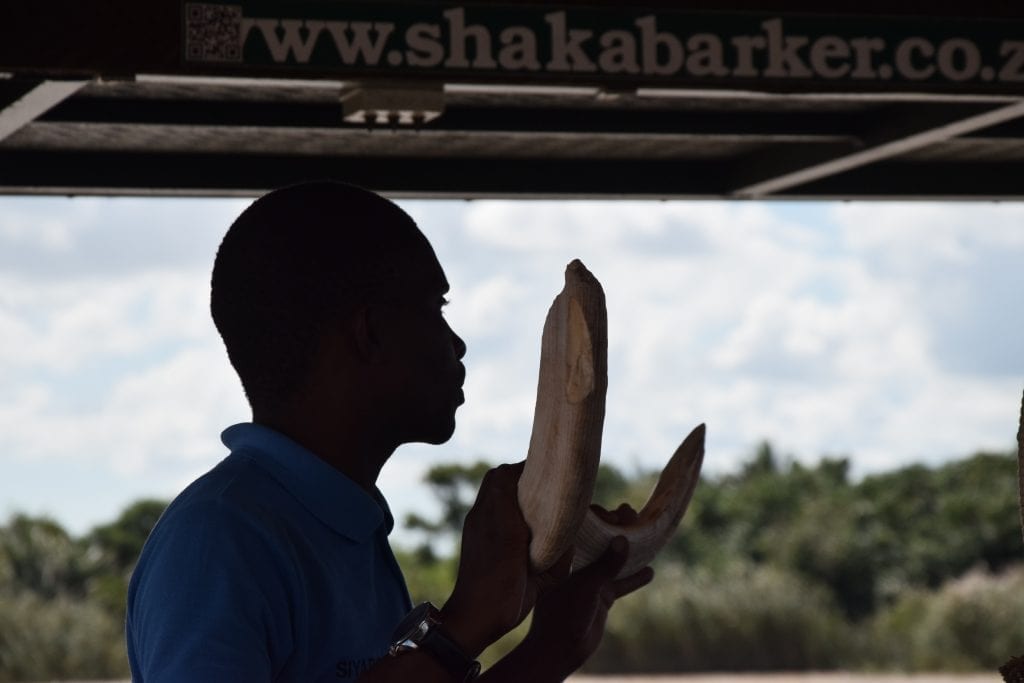
We have booked the Hippo and Crocs boat trip to Lake St. Lucia through the hostel where we were staying, Monzi Safaris Backpackers, we highly recommend this establishment: it is the cheapest solution, has private rooms, ready-made tents, two swimming pools, and a large common kitchen – it is also conveniently located in the center of Saint Lucia town.
However, it is also possible to go directly to the park entrance near the jetty and buy the ticket, keep in mind that during the holidays or vacation periods, you may not find a spot on the same day. The ticket price is around 200 Rand per person, depending on the solution chosen.
The choice is between larger boats that hold up to 80 people (as we have seen they are always full) or smaller boats with a maximum capacity of 15 people. We chose this second option, much more intimate, both for us and for the hippos, the guide didn’t have to scream at a microphone, we didn’t have to push ourselves to take pictures and on the way, they treated us to coffee and fruit.
The boat trip around Lake of Santa Lucia lasts about 2 hours, you will only be seeing a very small portion of the lake towards its estuary, but fear not – you’ll be 100% sure to see a lot of hippos! Indeed they live in small colonies ruled by a dominant male, who is the only one allowed to mate. During the daytime, they always stick to the same spots, while at night they roam on land grazing.
Saint Lucia Lake is very shallow, the maximum depth is one and a half meters and besides hippos and crocodiles, you can see the fins of sharks living in the widest part of the lake.
Crocodiles are easier to see in winter when they stand on the shore sunbathing, while during the summer they hunt and are invisible in the murky waters of the lake. Hippos, on the other hand, spend the whole day immersed in water, going out to eat only at night (even if you can meet someone even in broad daylight in the village, a not-so-rare occurrence as you can see here).
Hippos are among the most dangerous animals in Africa, second only to mosquitoes, and are responsible for 500 deaths each year. At night, in fact, when they come out of the water, they are aggressive and often attack without apparent reason. Although they may look awkward, they can reach the speed of 50 kilometers per hour and their huge fangs (up to 50 cm long) leave no chance of survival – so don’t walk around at night in the grassy areas near the town.
In the boat that will accompany you, however, you will be safe even if it seemed to us to be sometimes too close to the hippos, not so much for safety reasons as for the boredom brought to these animals that often find themselves a boat parked at a couple of meters away.
The experience, however, was very beautiful, up close they are even bigger than we imagine, we also saw a mother teaching a 3-month-old puppy to swim. Every 800 meters you will meet a group of hippopotamuses with the dominant male and his harem. We also were lucky enough to spot a rare fish eagle.
Where to stay in Saint Lucia (KZN)
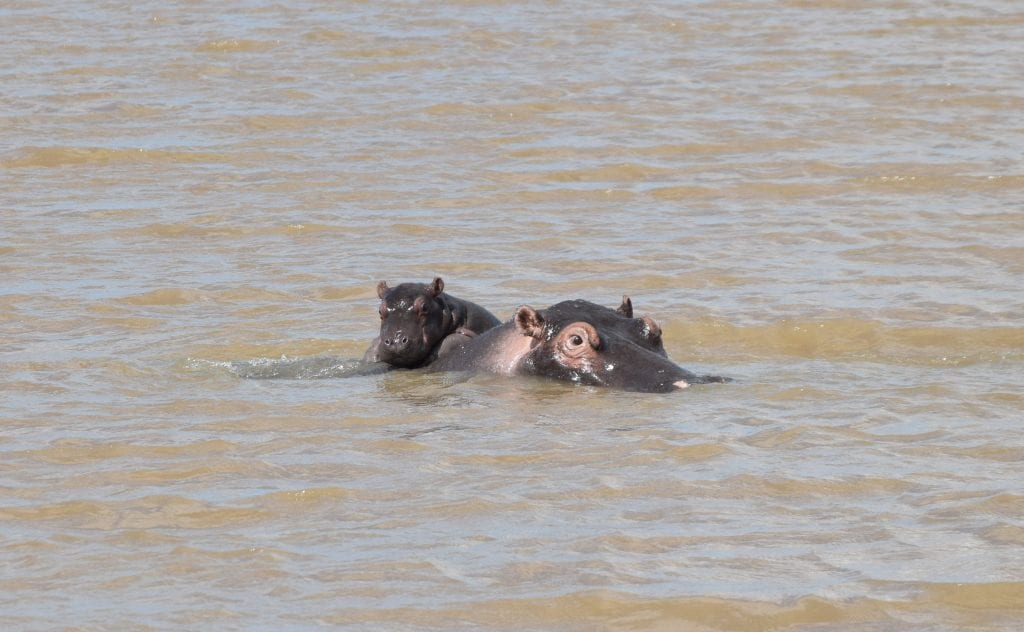
Although there are several lodges more immersed in nature, we recommend staying in St. Lucia, which is a lively town full of restaurants, bars, and shops and also has a nice beach.
In St. Lucia, there are a lot of choices, with the cheapest being the Monzi Safaris Backpackers and Lodge. They have a backpacker dorm, a few rooms with shared bathrooms, and basic and luxury tents, they also offer a buffet dinner during the weekends (a bit pricey but good). They have two small pools and a shared kitchen and it’s easy to book tours with them.
Driving Through the iSimangaliso Wetland Park

About 4km before reaching the town of Saint Lucia there’s another gate to the park that introduces to a very beautiful dirt road crossing the wetland area.
Although bicycles and motorbikes are not allowed, it is possible to self-drive on this road for about 25 km, there’s a small entry fee which is totally worth paying. The road leads to another exit towards the town of Hluhluwe.
After being denied entry on our bicycles we waited a few minutes until a couple on a 4×4 pick-up agreed to carry us and our bikes through the park. During this short drive, we saw many cape buffaloes, giraffes, zebras, kudu, impala, and birds of many sorts. The road also approaches the lake at a certain point, where there are toilets and picnic facilities.


